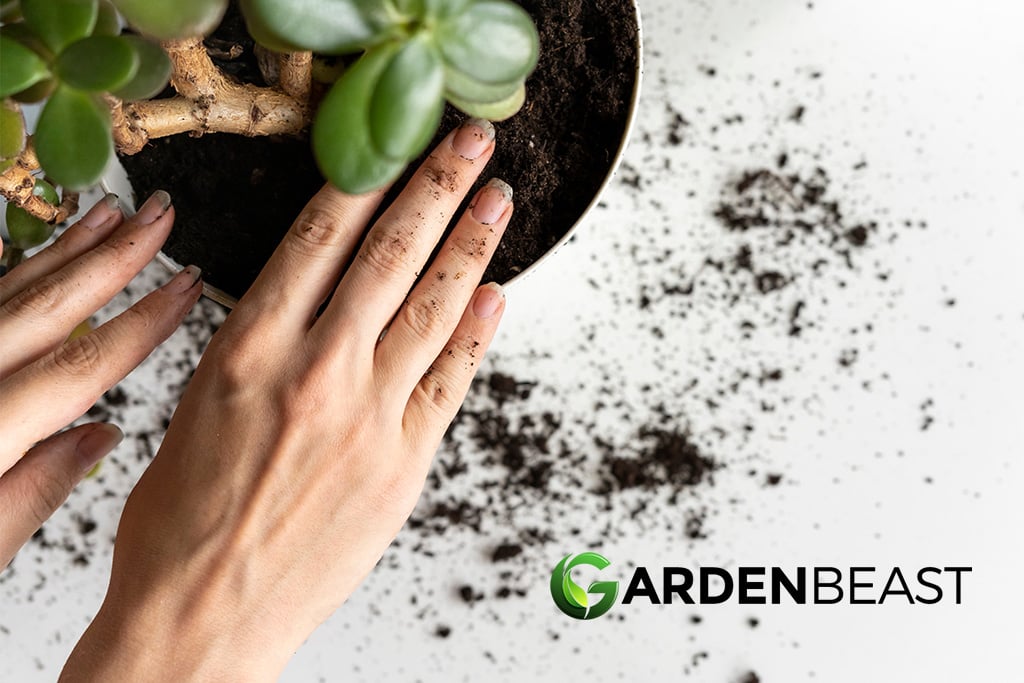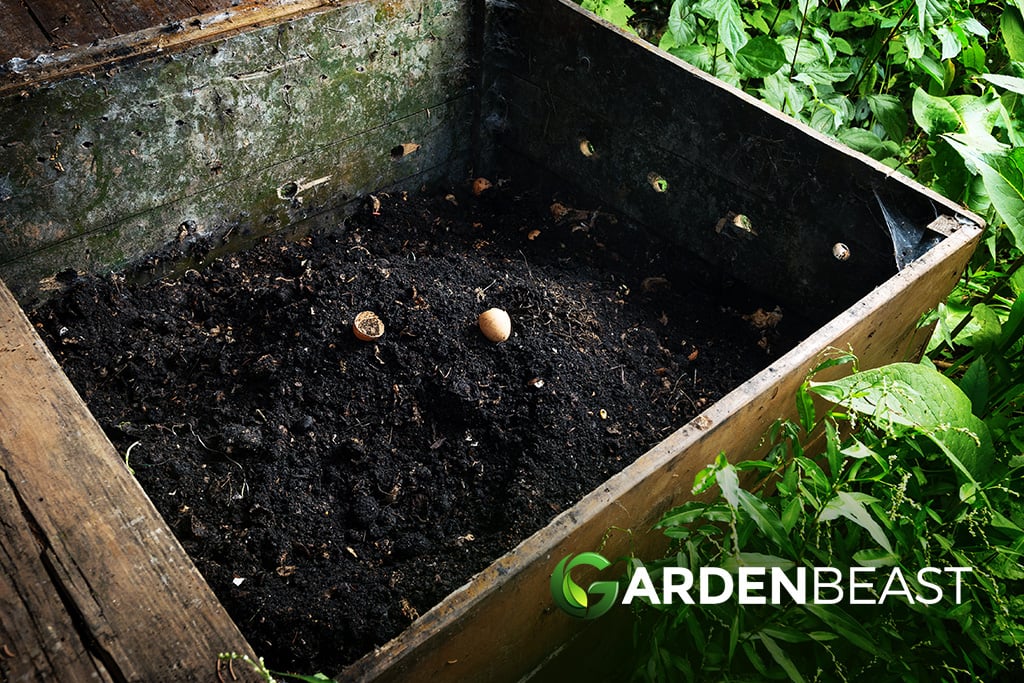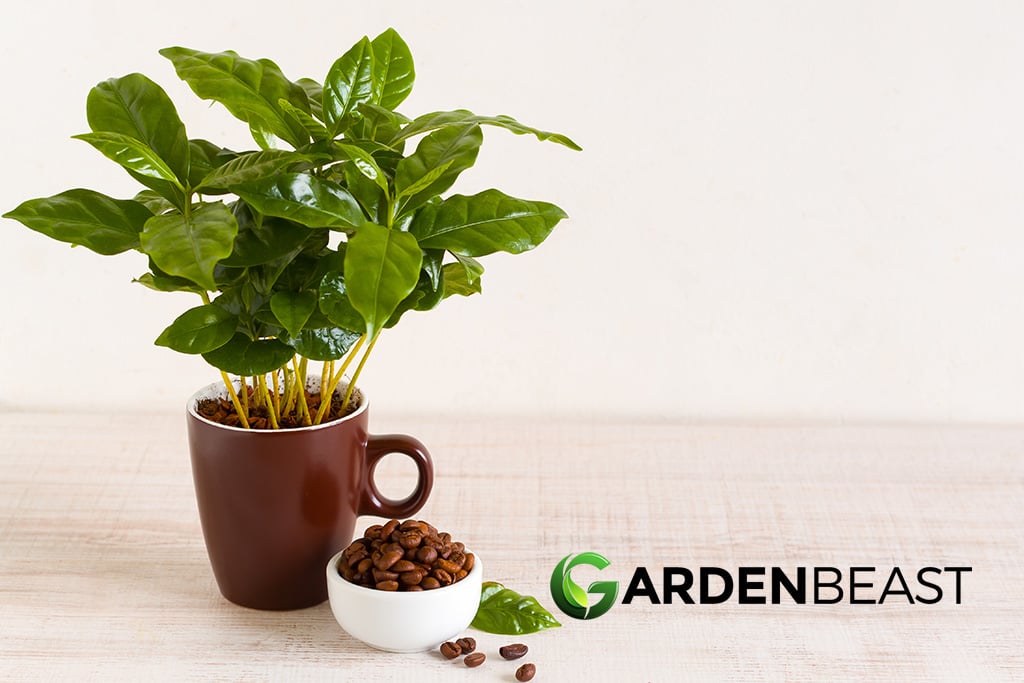Learn the facts behind some common folk gardening wisdom to better care for your plants. This article debunks eight common gardening misconceptions that really need some research-based answers.
Reality can get distorted when there are so many sources of information. People can find info about plants and how to care for them in books, magazines, newspapers, nurseries, and, these days, most of them turn to the Internet and social media for some quick tips. But that’s precisely how room for contradiction has opened up.
You go online to find out what’s happening with your shrub’s yellowing leaves. Or maybe you want to find out how to improve your soil’s drainage. Perhaps you need some tips on how much water to give your drought-tolerant plant. In each of these scenarios, there’s a big chance you’ll end up more confused than you were at the beginning because you find contradicting opinions. Or, even worse, you give credit to that one quick tip that will make your plant happy and end up with a dead green friend.
So, how can you make sure that you find the correct answers to your gardening questions? Our recommendation: do your own research. To help you out with the answers to some of the most common gardening myths, we’ve already done the research and compiled this list for you. Keep reading this article to find out more!
Myth #1 – Watering Your Plants On a Hot Day Leads to Sunburn
One of the most common gardening myths is that watering your plants on a hot sunny day will scorch their leaves. The truth, however, is a lot different. Leaf damage can be caused by many other things, including too much or too little moisture, fertilizer burn, wind or frost, or insects and disease problems. Yet, watering your plants in sunny afternoons isn’t one of them.
It’s easy to see how this myth became so common. People believe that the water would act as a magnifying glass and scold the plant. However, the truth is that watering your garden, even in the middle of the day, although it isn’t recommended to water your plants at that time of the day, can be the very activity that prevents the leaves from scorching.

Now, you’re likely wondering why should you avoid watering your plants on a sunny afternoon if causing scorched leaves isn’t something you should worry about. It all comes down to minimizing the amount of moisture lost to evaporation. Simply put, if you water your plants early in the morning or after the sun sets, less water will evaporate and your plants will get to enjoy the much-needed moisture.
Myth #2 – Potting Soil Needs to Be Changed Annually
Unless you have a lot of free time and don’t mind extra gardening work, you shouldn’t worry about changing the potting soil of your plants every year. It’s a common misconception that potting soil doesn’t contain enough nutrients to last more than one growing season. However, the truth is that most types can feed your plants adequately for up to two years.
However, it is true that most peat moss based potting soils can only be used for one year. Yet, the reason for that has nothing to do with insufficient nutrients. The reason is that the soil will start to compact down, which may prevent the soil from draining as well as it did in the beginning.

The best way to determine if your potting soil needs to be replaced is to check if there’s a white crust on the soil’s surface. The white crust is likely salt buildup and can slow down plant development. What’s more, if you’re still worried that the soil is too low on nutrients, you can work a few handfuls of compost into the pots at the start of a new year, and this should keep your plants strong and healthy.
To find out more about soil, check out our Best Potting Soil Review.
Myth #3 – Adding Sugar to The Soil Will Make Your Tomatoes Sweeter
Sorry, but this is simply not true. We can imagine how much you wanted your homegrown tomatoes to be sweeter, but adding sugar to the soil won’t change a thing. In fact, not even sprinkling it over the soil at the plant’s base or watering the plant with sugar water won’t make any difference in how sweet your favourite vegetables will be.
Here’s the scientific explanation as to why this is only a myth: the roots of tomato plants can’t absorb complex molecules like sugars. So, the sugar you add to the soil will not flow into the roots and then be carried up by the sap into the plant and, ultimately, reach the fruit. Simply put, your tomatoes won’t get any sweeter than they are meant to be from a genetic standpoint.

However, note that adding sugar to the soil helps the plants by stimulating microbial growth. Unfortunately, this may also be tricky as it doesn’t always result in the right kind of microbes. Sometimes, sugar added to the soil may stimulate fungi and bacteria. In conclusion, it is not recommended to add sugar to the soil.
If you want to grow your own organing garden, read our complete guide to growing and caring for tomatoes.
Myth #4 – Talking to Your Plants Helps Them Grow Faster
Although it is a really cute idea to think that giving some attention to your green friends helps them grow, there’s no scientific evidence to support that.
The myth that plants can benefit from being talked or sang to is really old. More precisely, it was first mentioned in 1848 in German professor Gustav Fechner’s book The Soul Life of Plants. However, there’s just not enough research to prove that complimenting, talking, or singing to your, say, ficus tree will have any effect on its growth.
The reasoning behind this myth is that plant growth is influenced by sounds. And, there have been some studies, including one done by The Royal Horticultural Society and the popular TV show, Myth Busters. However, despite finding some promising results, there’s still too little scientific evidence to back this urban legend.

This myth might also be linked to the plants’ ability to respond to vibrations. According to a study carried out at the University of Missouri-Columbia, it turns out that plants turn on their defence mechanisms when exposed to vibrations such as those made by caterpillars chewing their leaves. This could explain why some plants seem to grow more vigorous after being exposed to loud music.
Learning that your plants can’t hear your might be a bit discouraging, but you really shouldn’t go all indifferent to your plants. After all, even if there’s still not enough research to prove that your plants benefit from your conversations, you can get some de-stressing benefits from talking to your green buddies.
Myth #5 – Adding Sand to Clay Soil Will Lighten It
Pretty much all gardeners hate to admit that the soil in their garden is clay soil. And, there are good reasons for that. Heavy clay soil is hard to work as it takes forever to dry out in the spring season, and then, when it finally dries out, it cracks. If you’re dealing with this type of soil as well, you’ve probably done some research on how to lighten it. And, most likely, you’ve found that adding sand to it may be the solution to all your gardening problems caused by this type of soil.
Sorry to disappoint you, but this is only a myth. We know that the idea makes perfect sense if you think that adding particles of sand (that are huge compared to those extremely fine particles of clay) could allow water and air to circulate easier. Unfortunately, that’s not how soils work, and mixing your clay soil with sand will actually make it worse.

This won’t work because clay particles will pack in again all around the sand, resulting in a mix that can turn rock-hard. So, a better option to lighten clay soil is to add in a lot of organic matter, including leaf mould, fragmented wood chips, forest mulch, compost, or manure. This helps as the humus that results from the decomposition of organic matter causes the clay particles to agglomerate and leave space for air and water to circulate.
Myth #6 – Buried Banana Peels Give Plants a Potassium Boost
If you often read gardening tips, it’s hard to miss the hype about banana peels and their miraculous properties in the garden. The main claim is that bananas are full of potassium, and since plants need potassium, adding banana peels to the soil will help your plants grow like never before.
Now, there is some truth here: bananas are full of potassium, and they are good…for people. But, burying whole peels to try to improve your garden soil can actually backfire. One reason why this is actually a bad gardening practice is that it can affect the nitrogen levels in your soil. More precisely, soil microorganisms that work to break down the banana peels extract a considerable amount of nitrogen. This results in a lesser quantity of nitrogen in your soil to green up your plants. Besides that, another drawback of this practice may be that the banana peels can attract bugs, rodents, or other pests to your garden.

That being said, dropping banana peels into the bottom of a planting hole may only be more harmful to the plant than good for it. So, should you just throw banana peels away? No! The best place for banana peels is in a compost pile where they will break down alongside other things you gather in the compost bin.
If you want to start making your own compost, don’t forget to read our Best Kitchen Compost Bin Review and Best Outdoor Compost Bin Review articles.
Myth #7 – Drought-Tolerant Plants Don’t Require Watering
If you’re a busy person, but you’d always like to have a few green friends around your home and in your garden, you’ve likely researched lists of drought-tolerant plants that don’t require so much of your attention. If you did so, the chances are that you’ve also found that these drought-tolerant plants don’t need water. This is a myth and, in fact, a very dangerous one for your plants as they can die.
As the name suggests, drought-tolerant plants are plants that can withstand dry conditions. However, resisting dry conditions and thriving in dry conditions are two very different stories. Drought-resistant plants are those that can tolerate short or medium periods of drought. However, this doesn’t mean that they don’t require watering. It only means that if you fail to water them for, say, a few weeks, they won’t die.
These plants do need less water than other plants. So, you don’t have to worry about having a fixed watering schedule. But, do make sure that whenever you see the garden or container soil around your plant is dry, water it.

Another essential thing to know is that even drought-tolerant plants need more watering when they are young. Since their roots are just getting established, young plants are more susceptible to drought. So, be vigilant about keeping the soil around your plants slightly moist during its first year, regardless of its reputation for being drought-resistant.
Read our complete guide to watering succulents to learn more. You might also be curious to learn why your succulents are dying, how to plant succulents correctly, or how to propagate succulents.
Muth #8 – Adding Coffee Grounds to The Soil Is Good for The Plants
Almost every passionate gardener has heard that adding coffee grounds to the compost help speed up decomposition. And another myth involving coffee grounds that’s very popular among traditional gardeners is that adding them to the soil benefits the plants. More precisely, it is believed that coffee grounds help acid-loving shrubs by lowering the soil’s pH.
The reasoning here is that since coffee grounds are highly acidic, they can lower the pH of the soil and make it more acid as well. However, science is not absolutely clear about this one. Scientific studies on this matter have found varying results. More precisely, the results were a mildly more acidic compost to an alkaline one when added to compost. When added directly to garden soil, the studies found that the pH of decomposing grounds was not stable. Researchers found that although there has been an initial increase in acidity levels, the soil pH decreased shortly afterwards.

A 2016 study tested the theory of adding coffee grounds to the soil in which different plants such as sunflower, violas, leeks, radishes, and broccoli were growing. The results showed that the coffee grounds had a negative impact on the plants, regardless of soil type and fertilizers used.
Coffee grounds can be beneficial to your soil, although this has nothing to do with lowering its pH. Coffee grounds are rich in carbon, nitrogen, and other compounds that help feed soil organisms, and this leads to a robust and diverse population of soil microbes, which is key to healthy soil. The key is to add the coffee grounds to your compost pile, and not directly to the soil. Uncomposted coffee grounds can inhibit the growth of your plants and have a negative impact on the germination process.
Wrapping Up
There’s plenty of gardening information wherever you turn your head, and, more often than not, those who share it are trying to help and this is something that we should be grateful for. However, as is the case of these eight misconceptions, inaccurate tips and tricks are often passed from one person to another, and very few people take the time to check the information’s validity and accuracy. As you can see, not only are many of these tips and tricks impractical, but some can even be harmful. So, it is up to you to do the research and to ensure that your plants will thrive.
Is there another gardening myth that you think needs debunking? Let us know in the comments section!
